Apex Legends’ tenth season is bringing a fierce new stage of competition. Ranked Arenas will take the fast-paced combat of the new mode and crank it up to 11, with a lot more on the line for losses.
Ranked Arenas functions similarly to its battle royale counterpart, but it has a few twists of its own. There’s no RP cost for playing matches, but there’s no demotion protection either, which means players can drop entire ranks after a loss.
Here’s a breakdown of how ranked Arenas works in Apex.
MMR, ranks, placements
Ranked Arenas will use two different measures of skill: rank and an underlying MMR. The former is the visible rating that ranges from Bronze to Apex Predator, while the latter is a hidden statistic that determines the matchups in Arenas.
Having two indexes allows Respawn to quickly fine-tune a player’s MMR without significant changes to ranks. A user who’s been playing far above their rank, for instance, can be placed against opponents of a higher rank and gain more Arena Points (AP) for a win.
A player’s first 10 matches in Arenas are considered “placement matches” that will set their initial rank and MMR. “MMR variance is wider initially, so these first 10 matches might be stomp-or-get-stomped until your MMR settles more,” according to Respawn.
Climbing the ladder
After finishing their placement matches, players will get a starting rank and MMR. Climbing out of them, initially, might be easier. Losses take out AP but wins give out more than what you’d lose after a defeat—with a catch.
“The amount of bonus AP you get for wins will start to shrink as your rank converges with your MMR,” according to Respawn. There will be a lot of adjusting to get players’ rank to line up with their MMR (which represents how well they play), so the rank at the end of the season will be more representative of a player’s ability than at the beginning.
Ranked Arenas will diverge from battle royale in a few aspects. There’s no demotion protection, which means that players can drop an entire tier after a loss. There’s no RP entry cost or extra bonus for kills in Arenas, either. The only thing that matters is victory.
Splits and map rotation
Arenas won’t have any splits, so players have the entirety of a season to climb to the top. The map rotation in ranked Arenas will mirror the schedule for the casual game mode, too. Apex‘s tenth season, however, will introduce three new POIs from battle royale into Arenas.
The map rotation in Arenas will include all three Arenas-exclusive maps (Phase Runner, Party Crasher, and Overflow), paired with one location from battle royale that changes every two weeks. For season 10, the locations are Hillside (Kings Canyon), Dome (World’s Edge), and Oasis (Olympus).
Leaver penalties, loss forgiveness, party restrictions
Much like regular ranked, players will receive a temporary matchmaking ban after leaving a match. If a teammate abandons your game, however, you’ll receive loss forgiveness for that match and won’t lose any AP.
Ranked Arenas will also follow competitive battle royale’s party restrictions based on rank. “Starting at Platinum, you won’t be able to queue for Ranked Arenas with party members more than 1 tier away,” according to Respawn. “Matchmaking will take into account whether or not you’re partied and always try to match your team to a similarly-skilled team.”


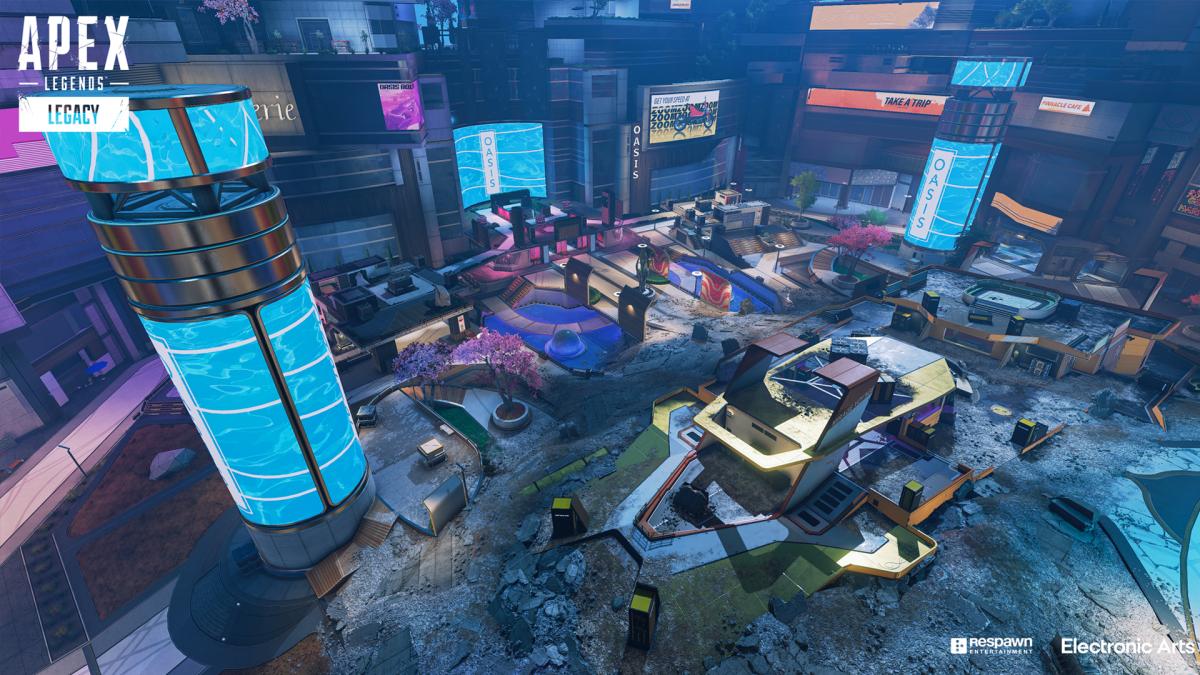

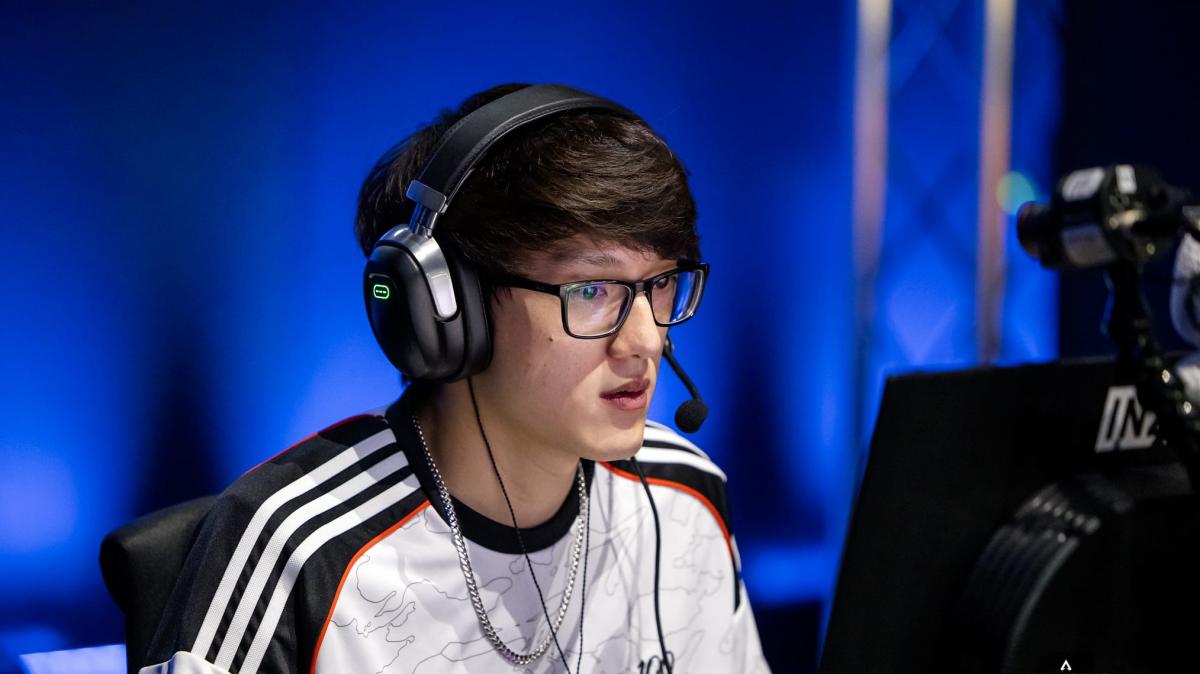


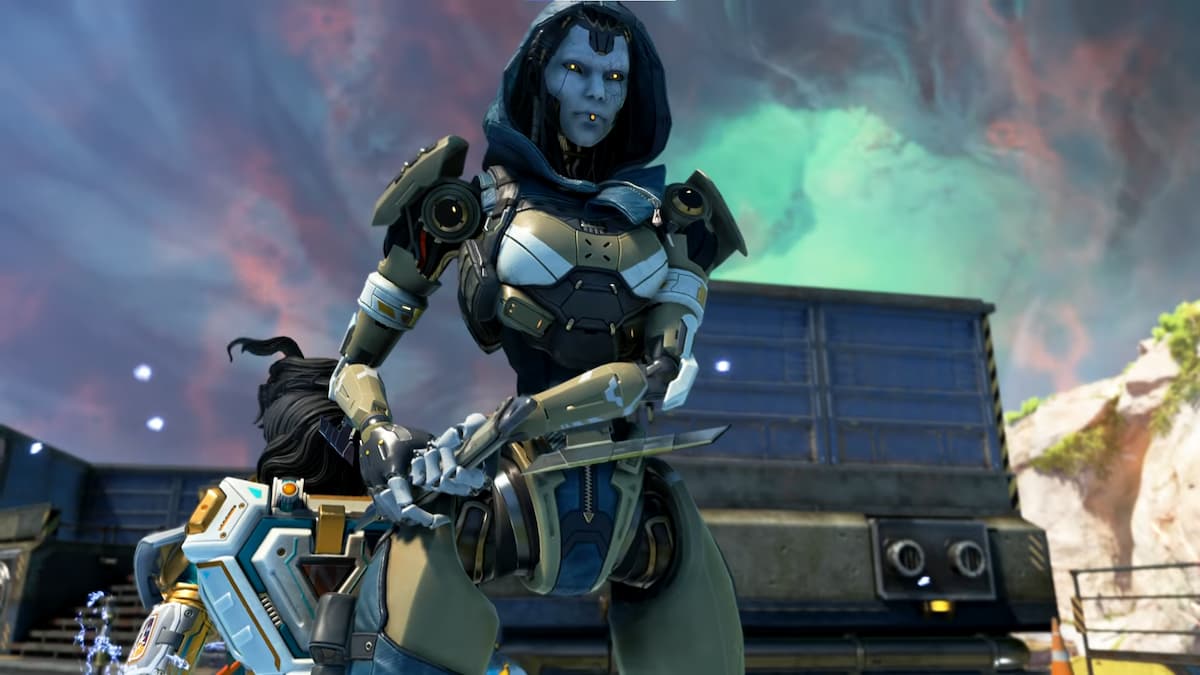
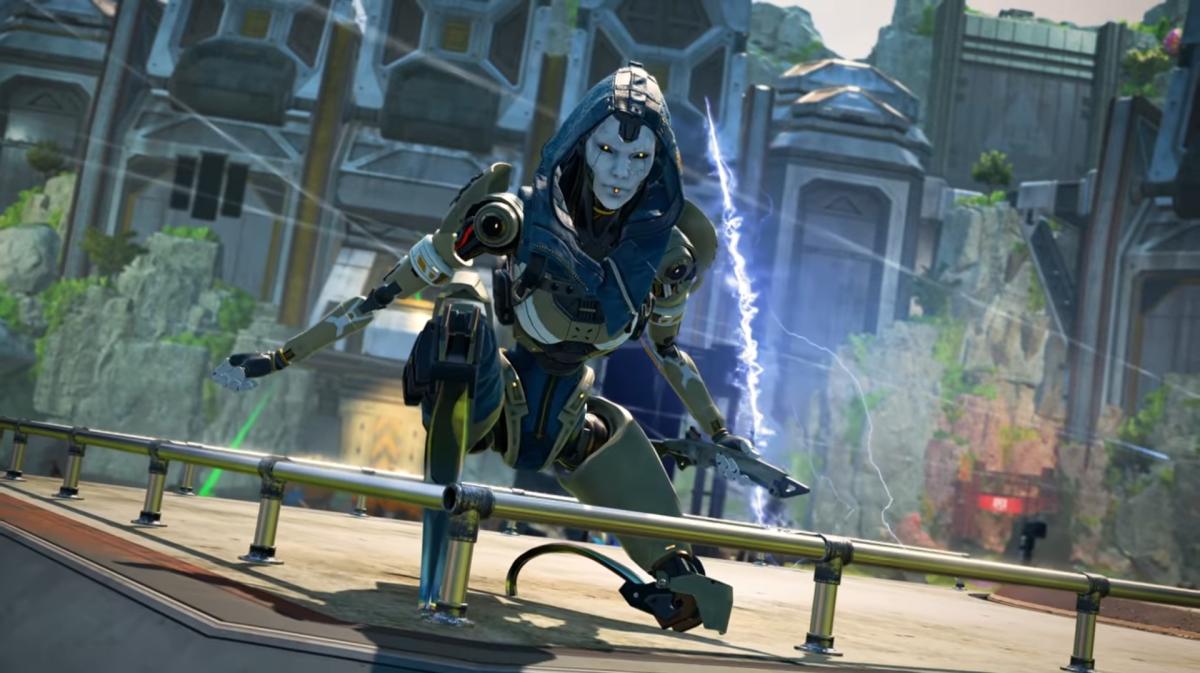
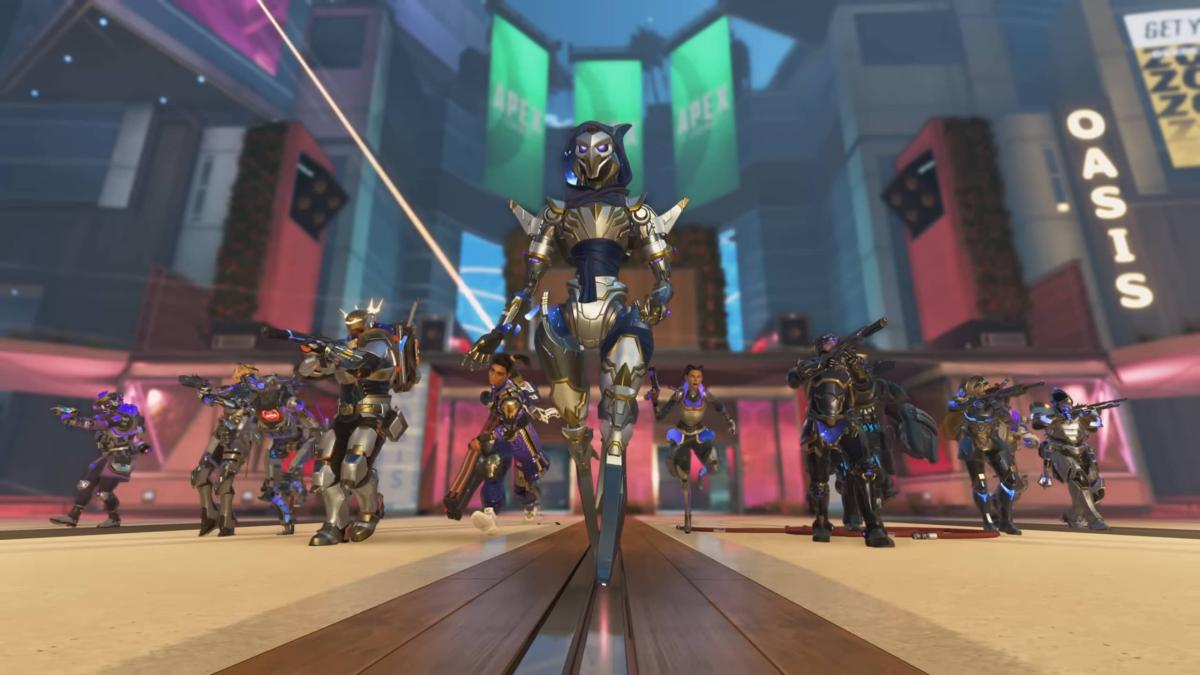
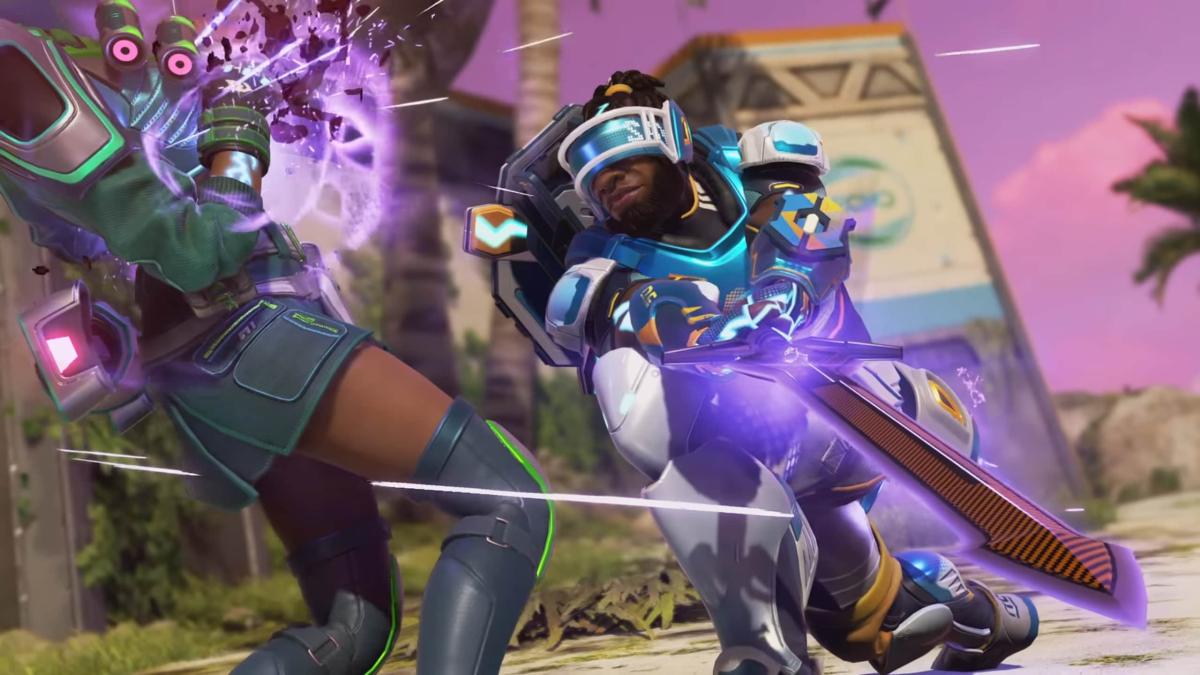

Published: Jul 22, 2021 03:25 pm